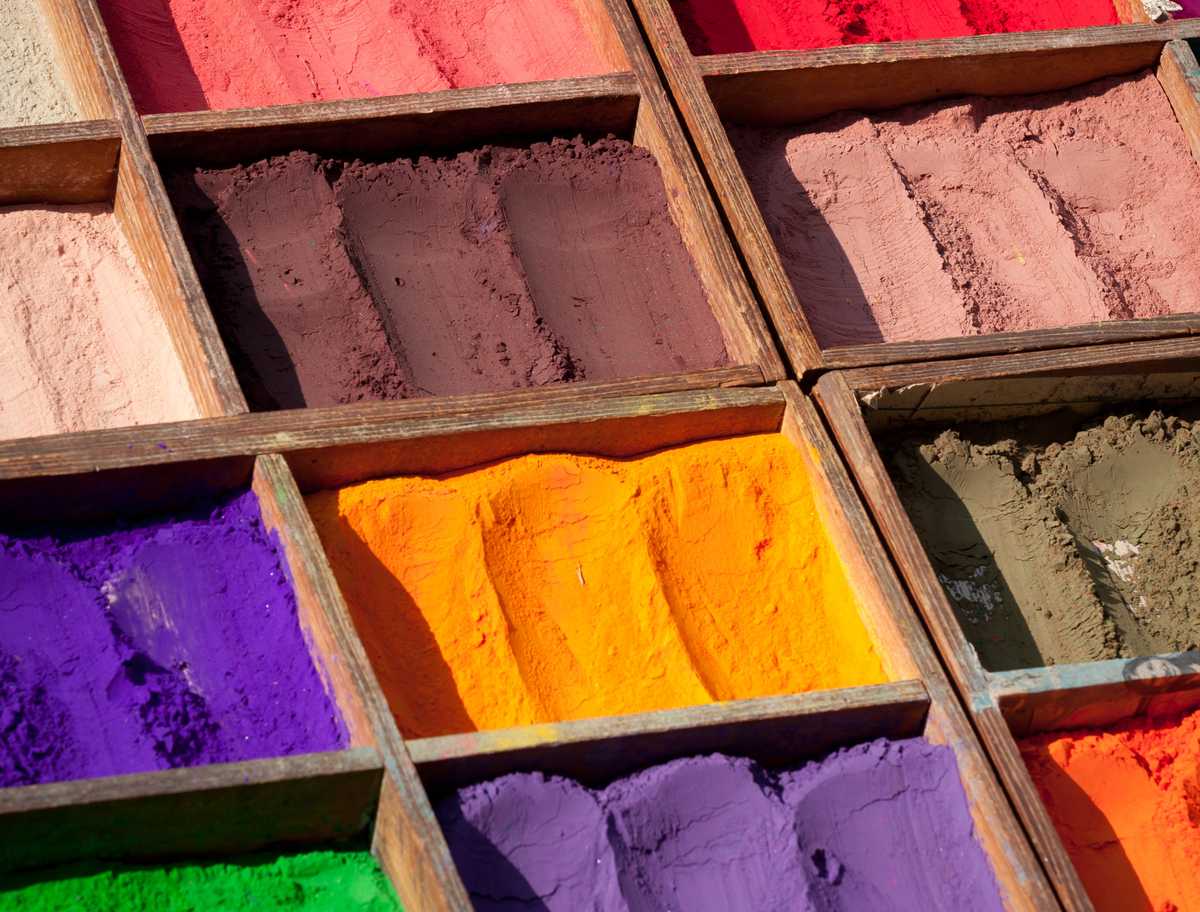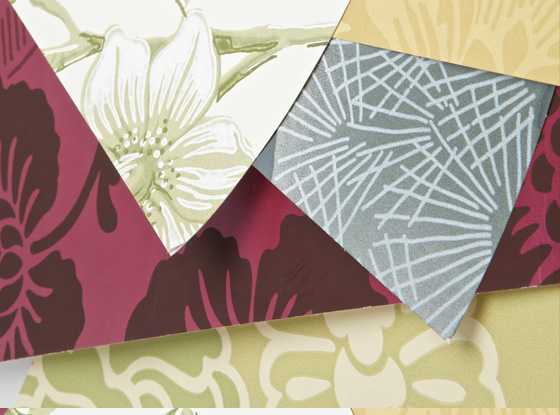There can be all sorts of reasons for redecorating, perhaps you want to put your own stamp on your new home, or maybe you just want a bit of a change. Unfortunately, the majority of paints contain high levels of harmful VOCs, and other chemicals — these are known to have negative health effects ranging from eye, nose and throat irritation to cancer. This is observed particularly in professional decorators, who are 35% more likely to get lung cancer.
Whilst the worst of the fumes are given off during the drying stage, the paint continues to off-gas for up to five years, so this is also an issue for whoever lives in your home.
Thankfully, the EU introduced the Paints Directive to tackle the issue, limiting the emissions of VOCs from paints and varnishes from January 2007, with stricter limits applying since January 2010. This directive still allows a certain amount of VOCs depending on the type of paint, so although the paints you buy will have much lower VOC content than those of the past, we believe you should be aiming for virtually 0% VOC content to properly protect your family's health, not to mention your decorator's!
How is paint made?
Paints are made by combining a pigment and a vehicle — the pigment gives the paint its colour and the vehicle binds and carries that pigment so that it adheres to the surface evenly as it dries. On top of the pigment and the vehicle, additives such as fungicides, preservatives, stabilisers, thickeners and driers may also be used. Each of these components can be very toxic.
The manufacturing process can also be harmful to the environment, according to the Guardian one litre of paint can result in 30 litres of toxic waste. Vegans will also want to look out for paints that use cow's milk (casein), beeswax or pigments like shellac (derived from lac bugs).
Pigments
Historically, artists have used all sorts of dangerous pigments ranging from lead white to fluorescent radium green, arsenic green and uranium orange. Whilst we now know how dangerous each of those can be, harmful chemicals like cadmium, chromium and titanium dioxide can still be found in modern day household paints. Titanium dioxide is actually one of the most commonly used white pigments even though the European Chemicals Agency suspect it of causing cancer though inhalation.
To avoid this, we suggest using paints with natural pigments, these can be derived from plants dyes and natural minerals, however the selection of colours is normally a bit more limited due to the sourcing constraints.

Vehicles: binders & carriers
Paint binders and carriers can include petrochemicals, solvents and other chemicals — they are one of the main source of VOCs including benzene and formaldehyde. You will find that fully-natural paints use binders such as linseed oil and clay, lime and milk protein (casein).
As you might expect, water-based paints tend to be less toxic as these primarily off-gas water vapour as they dry, however it is also possible to find non-toxic oil-based paints using vegetable-based solvents such as linseed oil rather than petrochemicals. At the same time, water-based paints are actually quite versatile. Coming in both gloss and matte, they are suitable for external use as well as internal, that said, oil-based paints generally have better longevity and are commonly preferred for finishing.
Additives
Additives are used to give extra qualities to the paint and can include fungicides, preservatives, stabilisers, thickeners and driers. Some of these can be damaging to health, specifically, the preservative "methylisothiazolinone" is known to cause allergic reactions and is also thought to be a possible neurotoxin. Many of these additives can be replaced with natural alternatives, for example, chalk is often used as an effective thickener.
What about wallpaper?
Wallpaper has seen a bit of a decline in popularity recently, but it's still a great way of adding some design flair to your home. When looking for non-toxic wallpaper, you need to consider both the adhesive paste and the paper itself.

Traditionally, wallpaper paste was actually made from fairly non-toxic starch-based adhesives, however these were replaced with chemical and vinyl-based glues at the beginning of the last century. Thankfully, many of the eco-paint suppliers now provide non-toxic plant-based pastes.
It is also important to check the toxicity of the wallpaper itself — check to see that both the paper and the inks and dyes used are free of harmful ingredients and avoid toxic processes.
VOC labels
A variety of VOC labelling is used on paints — in the UK, the British Coatings Federation implements the VOC Globe scheme which classifies paints, varnishes and other coatings into one of the five groups:
- Minimal (0 to 0.29% VOCs)
- Low (0.3 to 7.99% VOCs)
- Medium (8 to 24.99% VOCs)
- High (25 to 50% VOCs)
- Very High (VOC content greater than 50%)
We would always recommend finding something in the minimal classification, although the low classification should also be a reasonable compromise.
Conclusion
If you plan on redecorating your home, you really need to make sure that the paint and wallpaper that you buy is non-toxic. I will be investigating a number of non-toxic brands in a follow-up article, but hopefully this article gives a good indication of what to look out for — specifically, make sure that your paint is classified in one of the best two categories of the VOC Globe Scheme.
It should certainly be possible to make completely natural paints made from water, vegetable oils, plant dyes and natural minerals, so it will be very interesting to see what products are available on the market and how suppliers have minimised their impact on the environment.
Remember to subscribe to our newsletter to keep informed about keeping a non-toxic home, and please leave your comments below!